
This week I saw a photo that will haunt me for the rest of my life. It’s one thing to know something. It’s another to see it. I’ve been writing about indoor air quality and the health effects of indoor air pollutants for a long time now. And I’ve been stressing how important it is to reduce the amount of particulate matter, especially the really small stuff, that we inhale. Now there’s a research study out that shows the effects of air pollution on the human body.
Particulate matter
Researchers who study the effects of air pollution point to a lot of different pollutants as problems for our health. One of the top air pollutants they mention is usually referred to simply as PM2.5, which stands for particulate matter that’s 2.5 microns or smaller. This sketch from the U.S. EPA shows how it compares in size to a human hair or grains of sand.
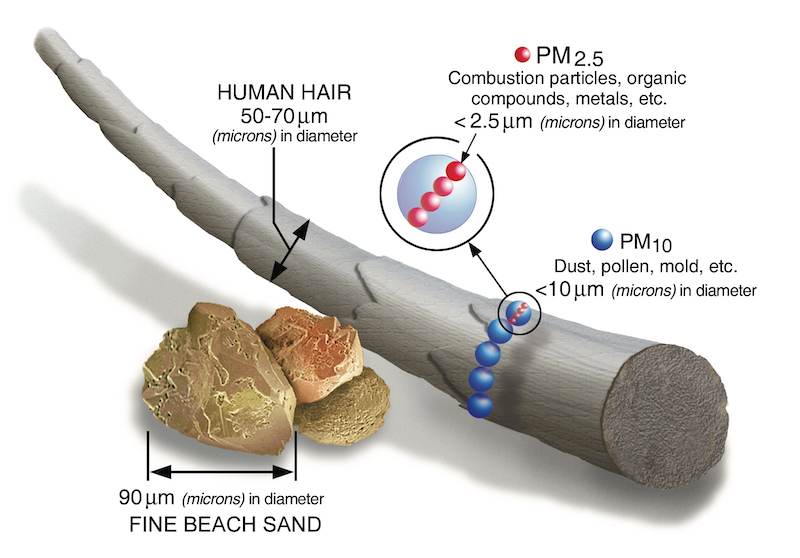
There’s a good reason the tiny invisible particles floating around in the air are so much worse than the larger ones. Because they’re so small, they can penetrate deeper into our respiratory system. The big ones get stopped in your nose or throat. The small ones make it all the way to your lungs.
OK, so what happens when those tiny particles get into your lungs?
A look at lymph nodes
The recent study I referred to is from the scientific journal Nature. (You can read a short summary or the whole article.) The researchers took sample lymph nodes from deceased organ donors of different ages. Why lymph nodes? As they say in the summary, lymph nodes are an important part of our immune system, and they “filter impurities and coordinate the clearance of harmful antigens and pathogens.”
Now, that haunting photo I mentioned above is the one just below. It shows a panel of the lymph nodes associated with the lungs from people of different ages.

At age 20, it looks like normal human tissue. By 29, it’s getting a dark spot. By age 62—which just happens to be my age as I write this—it’s completely black. Wow!
![A different look at damaged lymph nodes showing the effects of air pollution [Nature, Vol. 28, Dec. 2022, pp. 2482-3]](https://www.energyvanguard.com/wp-content/uploads/2024/01/air-pollution-particulate-effect-on-lymph-nodes-b.jpg)
Naturally, you’re probably wondering what we know about the people who donated their lymph nodes for this study. According to the paper, they were from the New York metropolitan area and were “non-smokers and/or with no history of heavy smoking.” We don’t know, however, if any of the donors had significant exposure to particulate matter in their jobs.
What can you do?
The first thing you can do to protect yourself is to be mindful of what you’re breathing. If you work in an environment with a high potential for exposure to particulates, you better have some good personal protective equipment (PPE). Don’t be afraid to wear a mask and respirator just because no one else is.
Also, check the air quality when you’re planning outdoor activities. The good news is that weather apps make this easy to find. Below is the one I see in my iPhone weather app. The EPA developed the Air Quality Index and has a table showing what the colors and numbers mean. Even better, though, Vox has a nice article showing how to use the Air Quality Index.
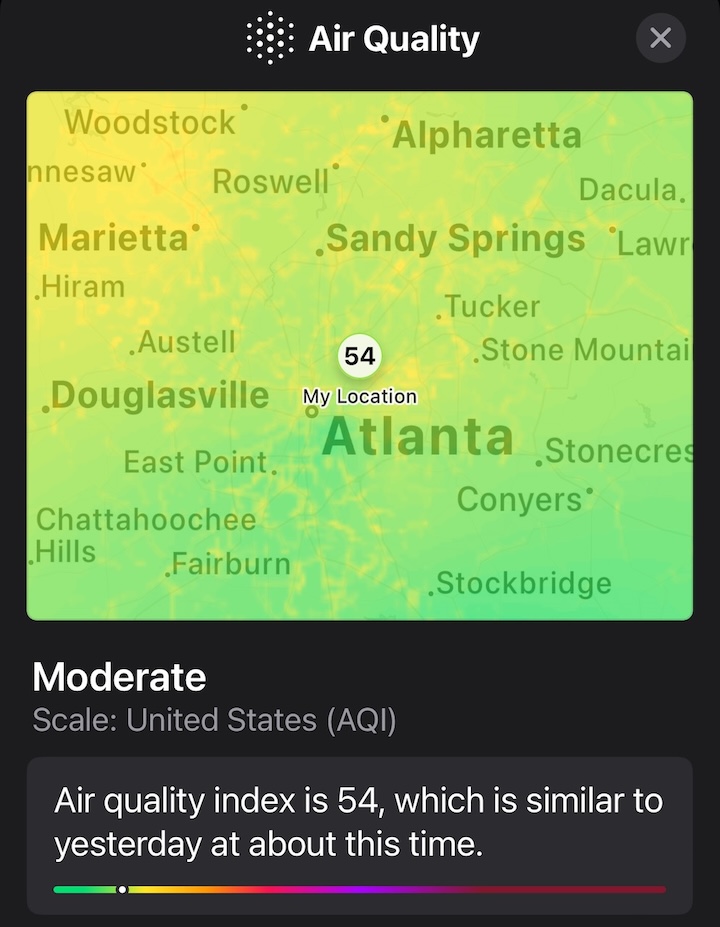
And then there’s indoor air. You can monitor the carbon dioxide level to get an idea of how much dilution you’re getting through air changes with outdoor air. You also can get good inexpensive indoor air quality monitors that tell you that and also the PM2.5 level indoors. I’ve got two Awair Elements in my house and also a couple of Airthings for Business monitors.
But monitoring tells you only how bad the air might be. To do something about particulates in your indoor air, you need good filtration. And on that topic, I’ve got you covered. Start with my article, 3 Ways to Get Cleaner Indoor Air With Filtration, and you’ll find a lot of guidance on how to get the particles out of your indoor air.
_______________________________________________________________________
Allison A. Bailes III, PhD is a speaker, writer, building science consultant, and the founder of Energy Vanguard in Decatur, Georgia. He has a doctorate in physics and is the author of a bestselling book on building science. He also writes the Energy Vanguard Blog. For more updates, you can subscribe to Energy Vanguard’s weekly newsletter and follow him on LinkedIn. Images courtesy of image.
Weekly Newsletter
Get building science and energy efficiency advice, plus special offers, in your inbox.





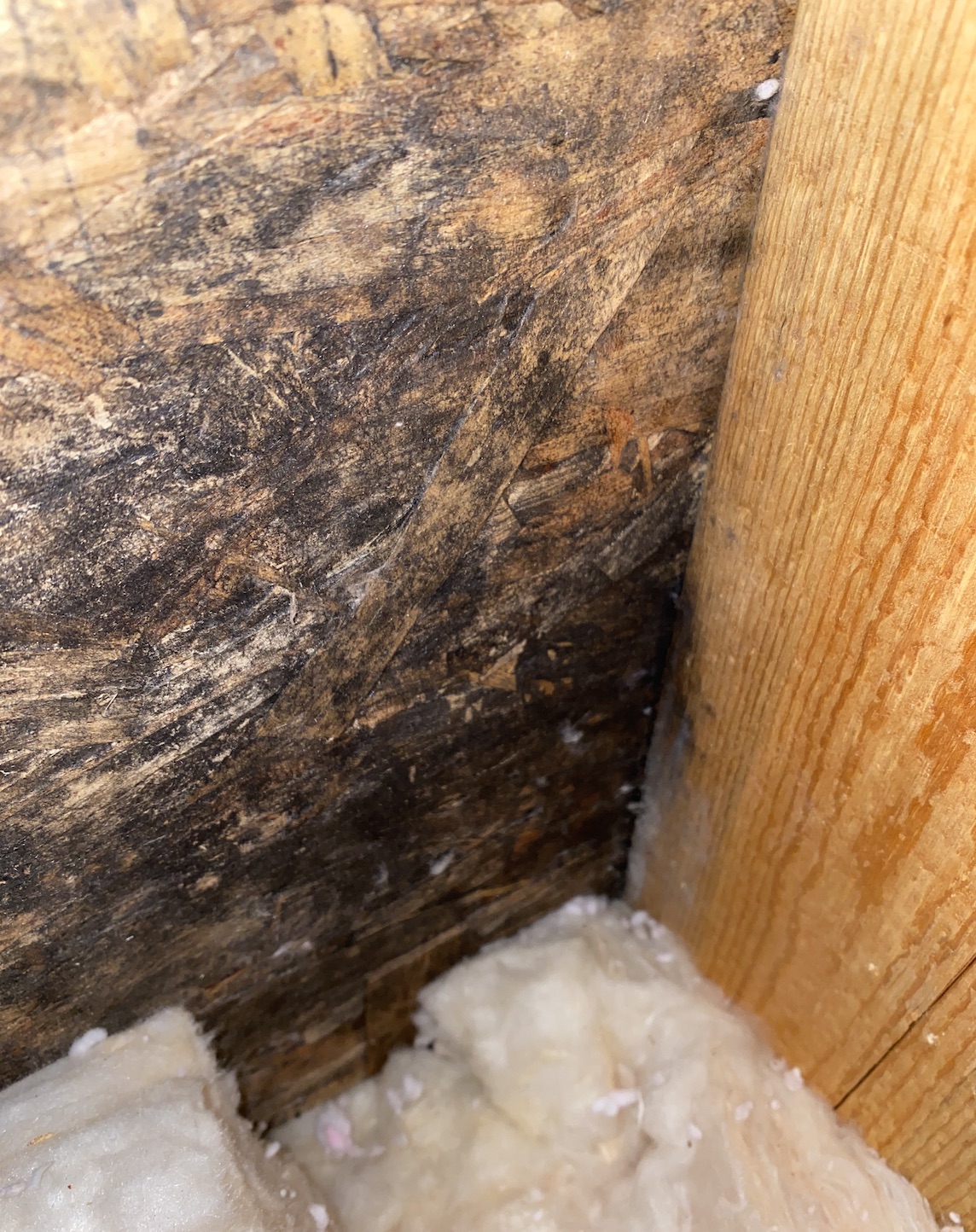

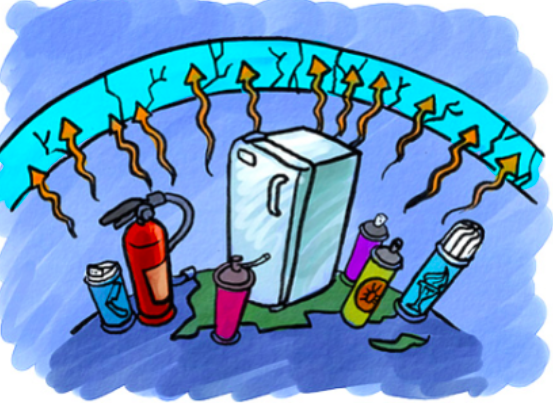
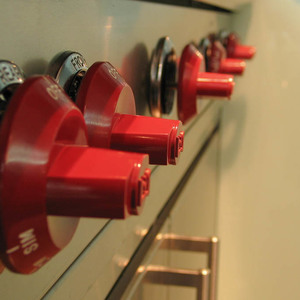






4 Comments
Hi Allison, thanks for this info—makes me glad (especially for my kids) that we have MERV 13 filtration (CERV2) and a pretty tight house. But a note on Awair—I’ve had 2 of those, and the PM2.5 sensor went out on both of them. Everything else works fine, but that must be a difficult sensor to provide inexpensively. Any other sources for good particulate monitoring that won’t break the bank?
Tomb_d: I don't want to sidetrack from Allison's article, but we're planning a CERV2 for our new home build. Need to put in the order in the next couple weeks. You're the first I've seen mention having one installed on this site. If you're willing to share any thoughts/experiences with the system so far it would be appreciated.
Sure thing—we’ve had about 5 in projects so far (I’m an architect and Passive House Consultant), and I love the CERV. The recirc function and demand control (you determine setpoints for CO2 and VOCs) are great, filters are easy to change, and the app means I’m always in touch with how the system and my interior air are doing. During last summer’s wildfire season (it was even bad here in Chicago), I was so glad to have good filtration of outside air coming in. Had to change the filter about once a month—I’m also a block from a highway. Filter options are really good too—we use carbon on the interior air side to reduce pet odors etc.
Appreciate the impromptu review! Reassuring to hear how well it's worked for you as it's not the cheapest option by far, but looked to be a great system for what we are hoping to accomplish.
Log in or create an account to post a comment.
Sign up Log in